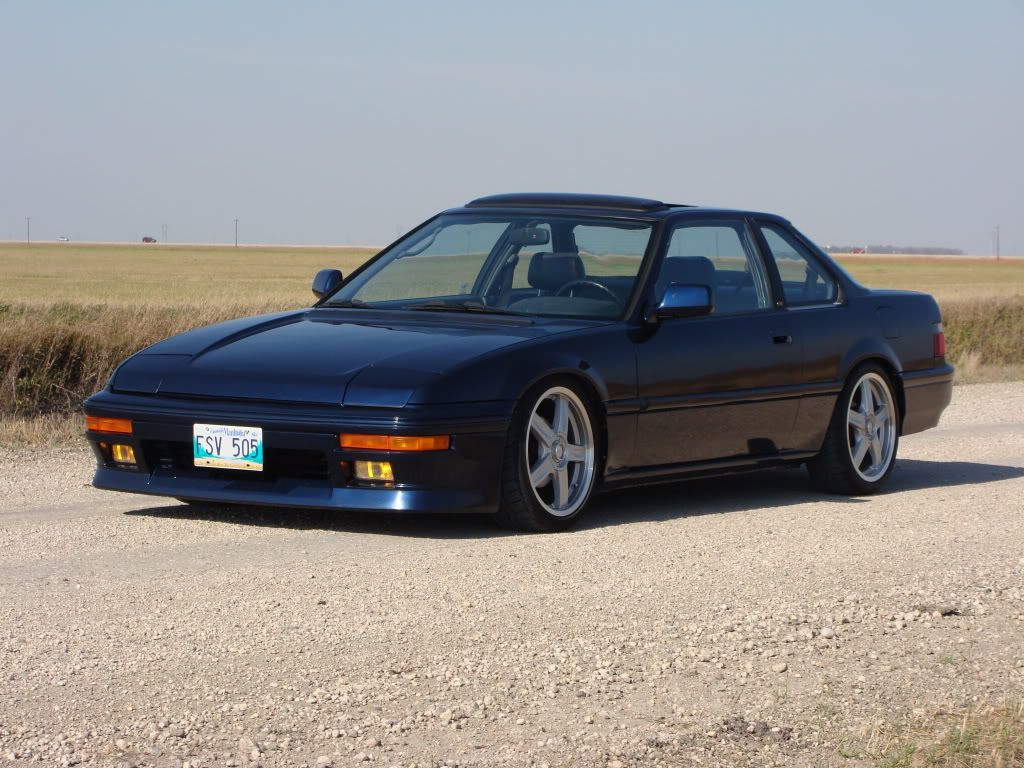wlkelley3 wrote:
Also, why is it that it seems when talking about "elegant" cars we automatically think of cars from the 30's through very early 60's and not much modern stuff.
Because that's the time when automakers cared about their product and their image. They made automobiles.
Now, they're run by bean counters that make appliances for the masses.
Tha Packard I posted above has amazing attention-to-detail. The simplest things on the car are done in the most detailed yet functional manner. This isn't done on modern cars.
The exhaust manifold on that car is coated with porcelain, it keeps the heat down but also puts a gorgeous, gloss black, glass smooth finish on the part. I'm sure paint would function just nicely and last longer but that's not what the car is about.
The round cans on the ends of the bumpers have a big weight inside them that is suspended by springs and runs in an oil bath. It dampens out road vibrations for a smoother ride.
The lever shocks are adjustable on the fly, from the driver's compartment. They have four settings from firm to soft.
The car has an automatic lubrication system. When the engine is shut down it sends one squirt of oil to every shackle bushing, brake bellcrank and even the throwout bearing. I'm sure it would have been simpler to have "your man" lube the car as part of his daily duties but this is a fine automobile.
The Packard even had an optional radio and optional dictagraph available in 1934!
Like the slogan says "ask the man who owns one" The Lincoln is more stylish than the Packard but the subtlety and attention to detail that comes with the Packard is downright amazing.
To give you an idea, a 1934 Ford was roughly $600.00 new. That Packard was $2700.00 new. That's with the Packard body, the Deitrich and LeBaron bodied cars cost even more.
Deusenbergs of the same era could get into the tens of thousands.
So, call a Honda elegant if you want. I feel the appropriate term for the Honda should be "purposeful".
Shawn



















.jpg)




















 and what could be arguably the XKSS's racing version, the D-Type:
and what could be arguably the XKSS's racing version, the D-Type:
 and a rather obscure kit car, a Falcon Mk. II Competition Lightweight from the '50s. something very purposeful about it, it seems to not have any excess, there's a certain raw elegance to it:
and a rather obscure kit car, a Falcon Mk. II Competition Lightweight from the '50s. something very purposeful about it, it seems to not have any excess, there's a certain raw elegance to it:

 that is all... for now
that is all... for now





















